It has always been said that Empress Matilda failed in her claims for the English crown. That she came close but did not quite make it. I wonder if that is strictly true? I wonder if she should not be on the regnal lists of kings and queens for 1141, if there was not, in fact, a break in Stephen’s reign in that year? And that Empress Matilda was, in fact, technically and in reality, England’s monarch for most of 1141?
And, in that case, England’s first female monarch?
Although she did not have a coronation, she was effective ruler of England, and had been proclaimed as such. So, if Edward V, who was proclaimed king but never crowned, and is in the regnal list, then, surely, Matilda should be also?
I know this might, at first, sound like a rather outrageous suggestion but, please, hear me out.
The argument against this is the fact that Matilda was never proclaimed ‘queen’ but given the title ‘Lady of the English.’ This has always been seen as a ‘holding’ title, a way to appease the empress who could not be monarch because England already had a king. But what if it wasn’t? What if Lady of the English was the title the people of the time thought appropriate for a female monarch?
Nowadays, we would expect Matilda to have been proclaimed ‘Queen of England’ as Elizabeth II was when she acceded to the throne. In the 12th century, however, a queen was the wife of a king. It had never been used as the title of a female ruler in England. In Poland, in the fourteenth century when a woman, Jadwiga, came to the throne, she was given the title of ‘king’ because they had no title for a woman ruling in her own right. Do we get too caught up in the language used, rather than looking at the actions of those involved?
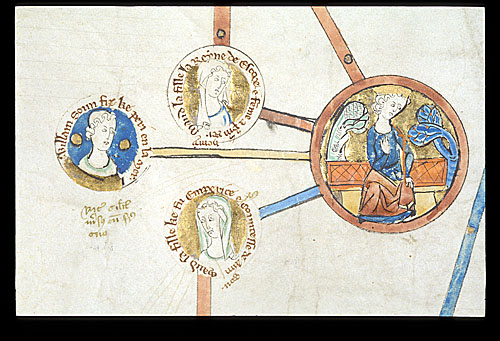
Do we think that because Empress Matilda was not given the title ‘queen’ that she wasn’t, therefore, a monarch?
No woman had ruled England in her own right, either, so the question of what title a woman would hold had never come up.
Or had it?
England did have a precedent from 240 years before.
In 911, following the death of her husband Æthelred, the daughter of King Alfred the Great, Æthelflæd, was recognised as the sole ruler of Mercia and she was accorded the title Lady of the Mercians. Her brother, Edward the Elder, King of Wessex, was happy to support his sister as sole ruler of Mercia. She was the first woman to rule an Anglo-Saxon kingdom – albeit as a client of her brother’s more powerful kingdom of Wessex. It can be argued that she was not declared queen because Mercia was no longer a kingdom, but she exercised regal powers in the region. And in those days, the wives of kings were not accorded the title of queen, but ‘Lady.’ Alfred the Great’s own wife, Ælswith, was referred to as Lady Ælswith.
On 2 February 1141, King Stephen was captured at the Battle of Lincoln.
He was imprisoned in Bristol Castle, defeated. England belonged to the empress. The fact he still lived should not have prevented Matilda from becoming ruler. Edward IV would not see the still-living Henry VI as an impediment to him claiming the throne in 1461. And he was no less a king, even though his predecessor was alive and imprisoned in the Tower of London.
Meeting on open ground outside Winchester on Sunday 2 March, the empress and Henry of Blois, Bishop of Winchester and papal legate – and the king’s brother – came to an agreement whereby the empress promised to consult with Bishop Henry on all important matters of government and to allow him control of the appointment of all bishops and senior churchmen. In return, Bishop Henry agreed to swear allegiance to the empress and to hand over the royal treasury, which was based in Winchester. After a ceremonial procession the next day to Winchester Cathedral, Bishop Henry ‘bade the people, at a public meeting in the market-place of the town, salute her as their lady and their queen’. Empress Matilda then moved on to Oxford, while Bishop Henry called a council of prelates to mark a more official acceptance of Empress Matilda’s new position.
It was at this council that Bishop Henry first proclaimed Matilda domina Anglorum, ‘lady of the English’.
In naming Empress Matilda ‘Lady of the English’ the bishop of Winchester was harking back to the only other time a woman had been acknowledge as a ruler in her own right in England. And if such a title was good enough for the daughter of Alfred the Great, why would it not be considered good enough for Empress Matilda?
With Stephen imprisoned and the church backing her, Empress Matilda was now in command of England. She was, however, still waiting for Stephen’s supporters to come over to her side in greater numbers. On first meeting with the empress at Winchester, the Archbishop of Canterbury was one of those who had refused to offer his fealty. It was only after he had visited the deposed king in Bristol that he pledged his allegiance to the empress as Lady of the English; if Stephen did, indeed, grant his archbishop permission to change his fealty, it is perhaps a mark of the fallen king accepting his current predicament. And the Archbishop was recognising Empress Matilda as England’s new monarch.
Bishop Henry then held a Legatine council at Winchester, lasting from 7 to 10 April, to deliberate on the state of the country and at which he distanced himself from his brother’s administration, and gave the church’s approval to the accession of Empress Matilda: ‘Therefore, first, as is fitting, calling God to our aid, we choose as lady of England and Normandy the daughter of a king who was a peacemaker, a glorious king, a wealthy king, a good king, without peer in our time and we promise her faith and support.’
This would suggest that the title, Lady of the English, or Lady of England, is the female equivalent to the male title of King of England. And Empress Matilda was recognised as such in 1141.
And if this is true, then Empress Matilda was, technically and in reality, the first female monarch in England, 412 years before either Jane Grey or Mary I, who each claim to hold that distinction.
*
Images:
Courtesy of Wikipedia except genealogical roll which is courtesy of the British Library Catalogue of Illuminated Manuscripts
Selected Sources:
Gesta Stephani, translated by K. R. Potter; Henry of Huntingdon, The History of the English People 1000-1154; Marjorie Chibnall, The Empress Matilda: Queen Consort, Queen Mother and Lady of the English; Teresa Cole, The Anarchy: The Darkest Days of Medieval England; Catherine Hanley, Matilda: Empress, Queen, Warrior; Helen Castor, She-Wolves: The Women who Ruled England before Elizabeth; Robert Bartlett, England Under the Norman and Angevin Kings; J. Sharpe (trans.), The History of the Kings of England and of his Own Times by William Malmesbury; Orderici Vitalis, Historiae ecclesiasticae libri tredecem, translated by Auguste Le Prévost; Chronicles of the Reigns of Stephen, Henry II and Richard I; Edmund King, King Stephen; Donald Matthew, King Stephen; Matthew Lewis, Stephen and Matilda’s Civil War: Cousins of Anarchy.
*
My Books
Signed, dedicated copies of all my books are available through my online bookshop.
Coming on 15 June 2024: Heroines of the Tudor World
Heroines of the Tudor World tells the stories of the most remarkable women from European history in the time of the Tudor dynasty, 1485-1603. These are the women who ruled, the women who founded dynasties, the women who fought for religious freedom, their families and love. These are the women who made a difference, who influenced countries, kings and the Reformation. In the era dominated by the Renaissance and Reformation, Heroines of the Tudor World examines the threats and challenges faced by the women of the era, and how they overcame them. From writers to regents, from nuns to queens, Heroines of the Tudor World shines the spotlight on the women helped to shape Early Modern Europe.
Heroines of the Tudor World is now available for pre-order from Amberley Publishing and Amazon UK.
Out Now! Women of the Anarchy
Two cousins. On the one side is Empress Matilda, or Maud. The sole surviving legitimate child of Henry I, she is fighting for her birthright and that of her children. On the other side is her cousin, Queen Matilda, supporting her husband, King Stephen, and fighting to see her own son inherit the English crown. Women of the Anarchy demonstrates how these women, unable to wield a sword, were prime movers in this time of conflict and lawlessness. It show how their strengths, weaknesses, and personal ambitions swung the fortunes of war one way – and then the other.
Available from Bookshop.org, Amberley Publishing and Amazon UK.
Also by Sharon Bennett Connolly:
King John’s Right-Hand Lady: The Story of Nicholaa de la Haye is the story of a truly remarkable lady, the hereditary constable of Lincoln Castle and the first woman in England to be appointed sheriff in her own right. Available from all good bookshops or direct from Pen & Sword Books, bookshop.org and Amazon. Defenders of the Norman Crown: The Rise and Fall of the Warenne Earls of Surrey tells the fascinating story of the Warenne dynasty, from its origins in Normandy, through the Conquest, Magna Carta, the wars and marriages that led to its ultimate demise in the reign of Edward III. Available from Pen & Sword Books, Amazon in the UK and US, and Bookshop.org.
Ladies of Magna Carta: Women of Influence in Thirteenth Century England looks into the relationships of the various noble families of the 13th century, and how they were affected by the Barons’ Wars, Magna Carta and its aftermath; the bonds that were formed and those that were broken. It is now available in paperback and hardback from Pen & Sword, Amazon, and Bookshop.org. Heroines of the Medieval World tells the stories of some of the most remarkable women from Medieval history, from Eleanor of Aquitaine to Julian of Norwich. Available now from Amberley Publishing and Amazon, and Bookshop.org. Silk and the Sword: The Women of the Norman Conquest traces the fortunes of the women who had a significant role to play in the momentous events of 1066. Available now from Amazon, Amberley Publishing, and Bookshop.org.
Alternate Endings: An anthology of historical fiction short stories including Long Live the King… which is my take what might have happened had King John not died in October 1216. Available in paperback and kindle from Amazon.
Podcast:
Have a listen to the A Slice of Medieval podcast, which I co-host with Historical fiction novelist Derek Birks. Derek and I welcome guests, such as Bernard Cornwell and discuss a wide range of topics in medieval history, from significant events to the personalities involved. Our first ever episode was a discussion on The Anarchy
*
Don’t forget! Signed and dedicated copies of all my books are available through my online bookshop.
For forthcoming online and in-person talks, please check out my Events Page.
You can be the first to read new articles by clicking the ‘Follow’ button, liking our Facebook page or joining me on Twitter and Instagram.
*
©2024 Sharon Bennett Connolly FRHistS.
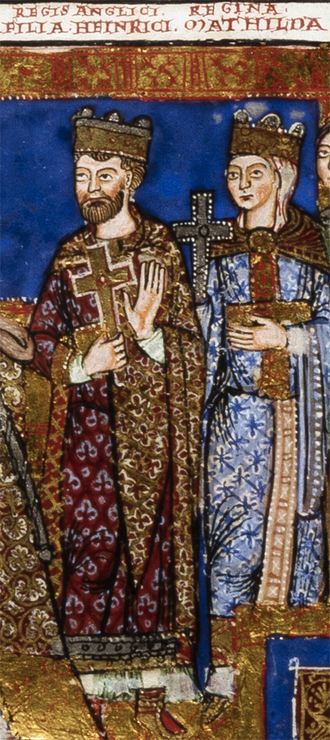
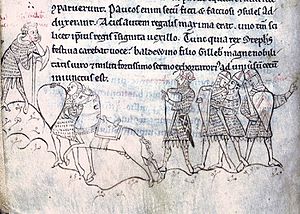


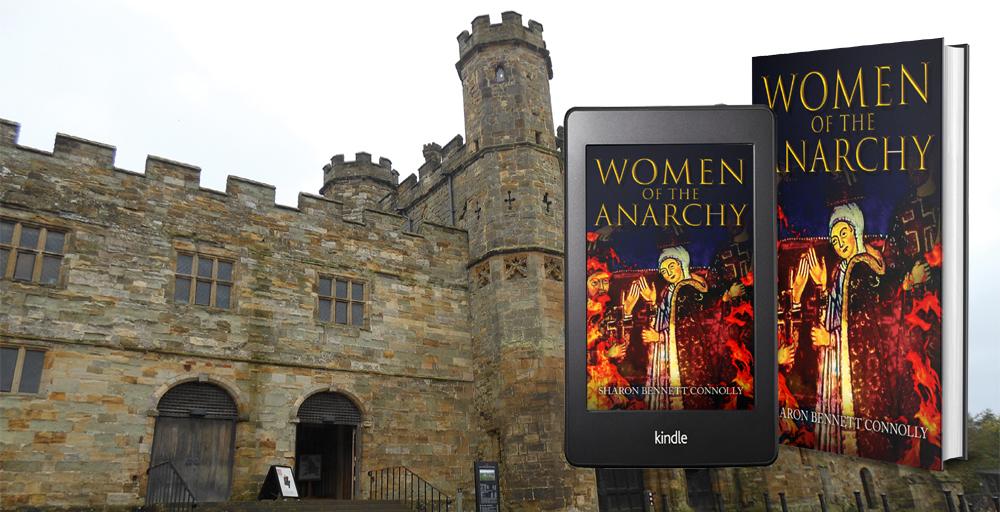
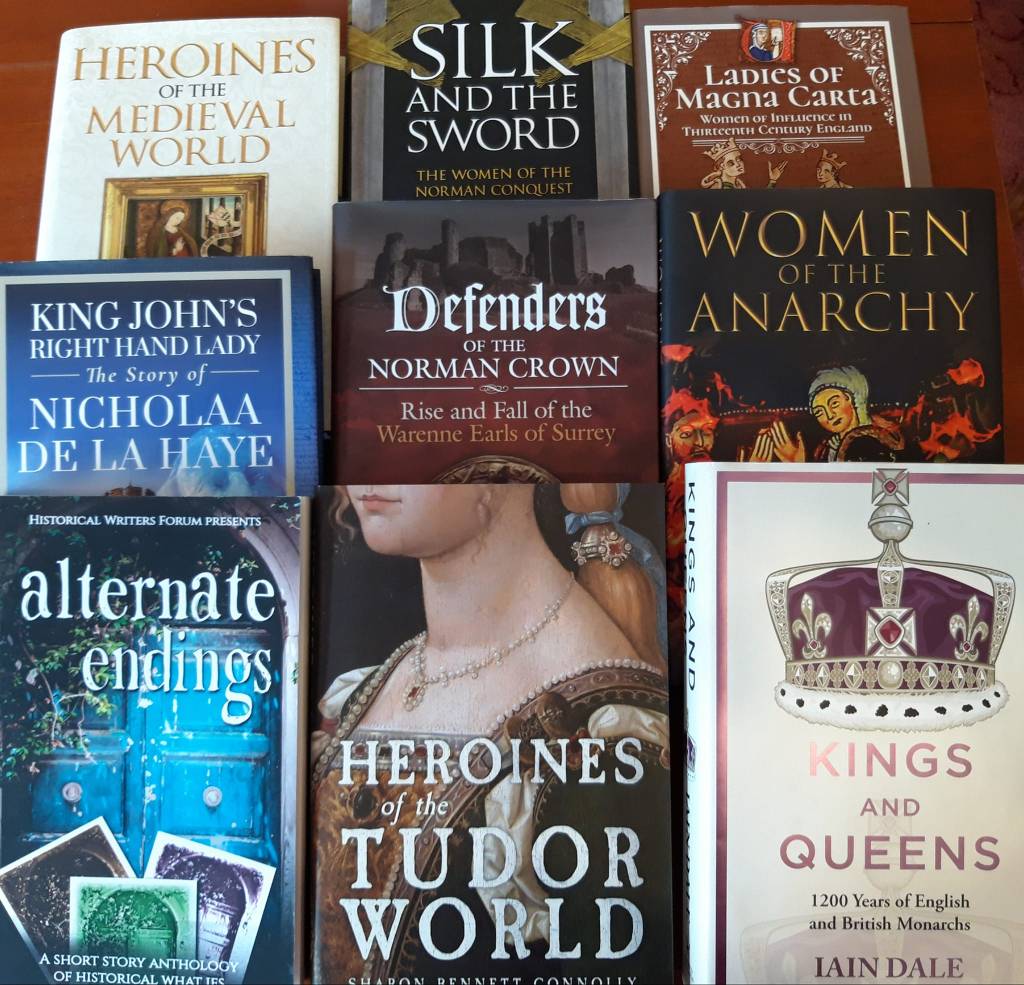
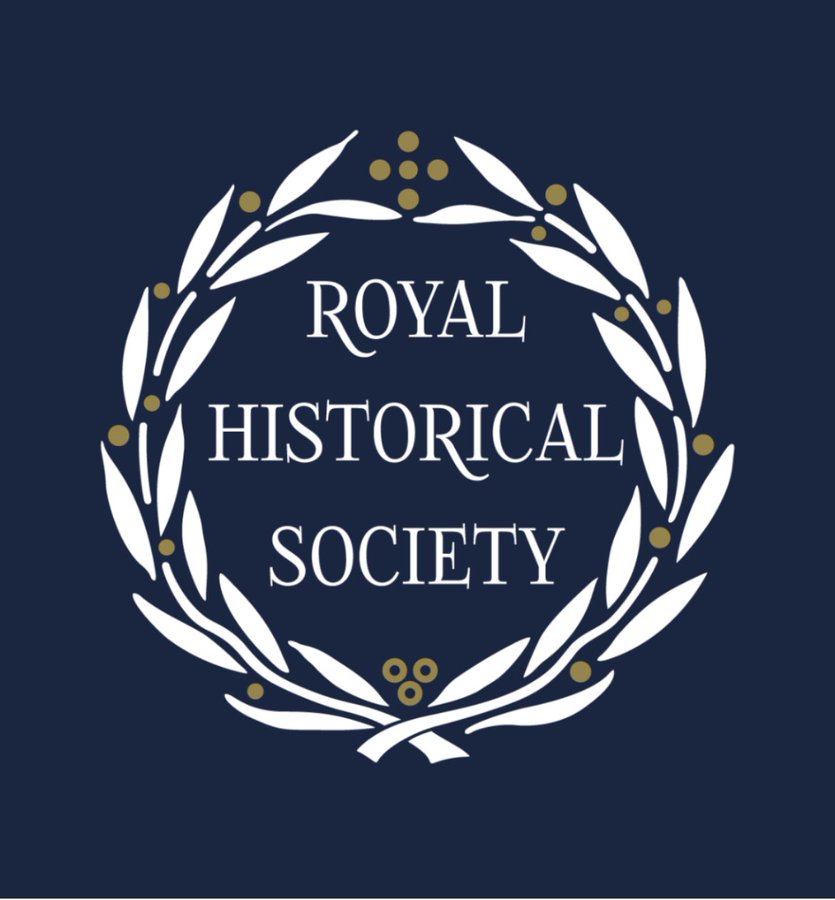

Right on!. Jane Grey wasn’t crowned either, right?
LikeLike
Exactly! I think we get caught up in the language too much – because she wasn’t called ‘queen’ she wasn’t the monarch. But I think that is too simplistic
LikeLike
Did you read this? I read the book Lady of the English by Elizabeth Chadwick. Good story.
LikeLike
Oh yes! A good book
LikeLike